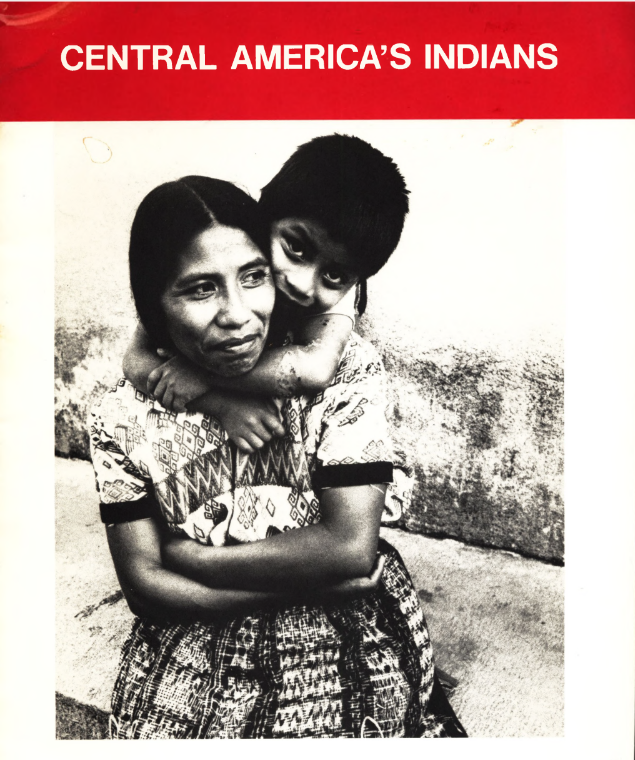Environment
The Netherlands Antilles are comprised of two distinct island groups in the Caribbean Sea. Each group has three islands. The six islands of the Netherlands Dependencies are Aruba, Bonaire, and Curaçao (Leeward Antilles) and St Maarten, St Eustatius and Saba (Windward Islands). The Leeward Antilles group lies off South America to the Northwest of Venezuela and the Windward Islands group is located at the northern end of the Caribbean, southeast of Puerto Rico.
History
Both groups of islands of the Netherlands Antilles were initially settled by the Spanish. In 1634 they were conquered by the Dutch West India Company, which had been granted a monopoly for trade in Africa and the Americas. This included the right to colonize and maintain armed forces.
The Dutch who were among the first Europeans to establish forts for assembling Africans captured on the West African coast and transporting them across the Atlantic, made the Netherlands Antilles the centre of the Caribbean slave trade from the 17th to 19th century.
The abolition of slavery in 1863 dealt a serious blow to the economy. The island of Curaçao was particularly affected. It was not until the 20th century that Curaco’s economy along with that of Aruba, was revived with the establishment of refineries to process petroleum from the oil fields of nearby Venezuela.
In 1954, the islands became an integral part of the Kingdom of the Netherlands. In 1986 Aruba seceded from the Netherlands Antilles federation and became self-governing.
Governance
The head of state is the ruling monarch of the Netherlands, who is represented in the Netherlands Antilles by a governor. Executive power is exercised by the governor, who is an appointee of the Dutch government, Legislative authority is vested in the Staten, which is composed of 22 popularly elected members.
The six islands range in population and economic importance from Curaçao, with its 150,000 inhabitants and important petroleum refinery, to Saba (1,100 population). The islands’ economies are mostly dependent on tourism, financial services and aid and remittances sent from the Netherlands.
